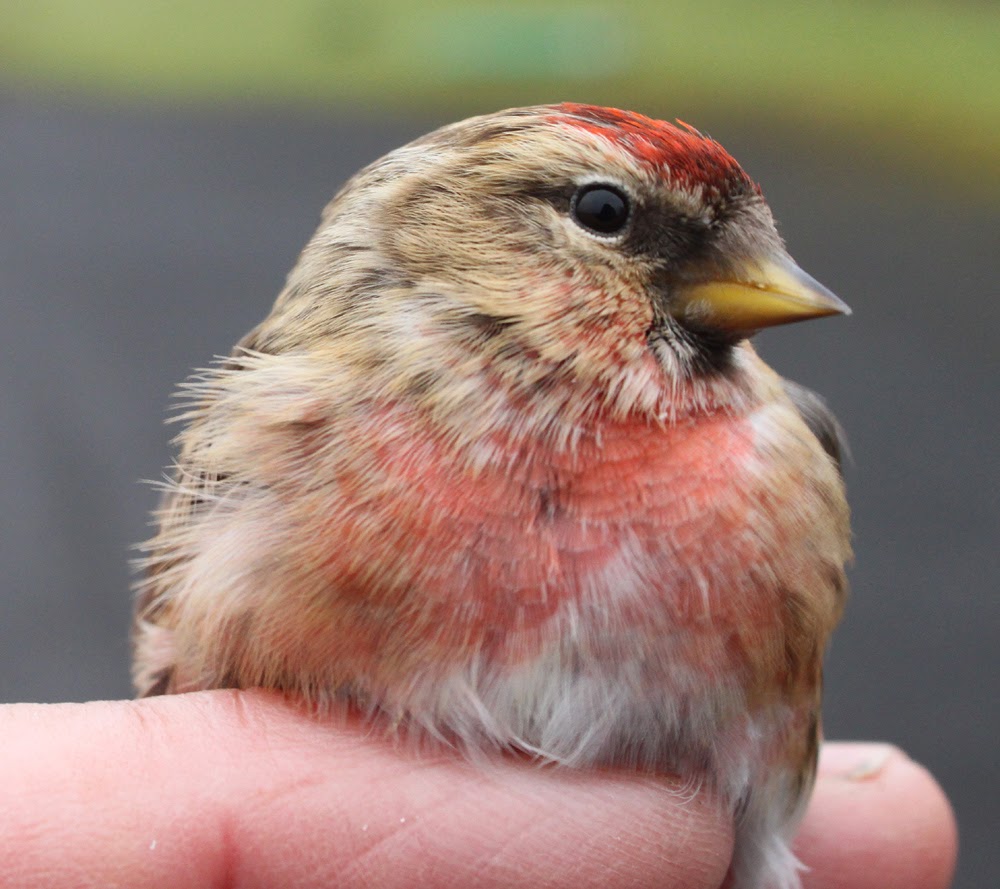Rained off today so here are more news and views from our recent holiday to Lanzarote 18th January to 1st February 2015.
It was fairly blowy on the day Sue and I set off south to the working salt pans, Salinas de Janubio and the little lunch-stop village of El Golfo. It is often breezy or even windy in the Canary Islands which lie in the Atlantic Ocean some 100 kms off the coast of Africa. During the times of the Spanish Empire the Canaries were the main stopover for Spanish galleons on their way to the Americas because of the prevailing winds from the northeast. There is compensation for the breezes in the islands’ subtropical climate with long warm summers and moderately warm winters.
The Canary Islands
Not far from our base of Puerto Calero and just off the LZ2 we stopped off to look for Lesser Short-toed Lark and perhaps more Houbara Bustards in a location they are reputed to use. No luck with the bustards however we did see Lesser Short-toed Lark, Berthelot’s Pipit and Kestrel, as well as finding a good crop of huge watermelons and strawberries growing in a seemingly inhospitable but well irrigated place.
The Lesser Short-toed Lark is a bird of dry open country which is fairly common in Lanzarote and breeds in Spain, North Africa and eastwards across the semi-deserts of central Asia to Mongolia and China. It prefers even drier and barer soils than its close relative the (Greater) Short-toed Lark. As far as I know the Short-toed Lark is but a scarce passage visitor to the Canaries, and a species I am familiar with in the Mediterranean.
Lesser Short-toed Lark
Watermelon, Lanzarote
From the high approach road the salt pans down at sea level often appear tranquil enough. There can be a different story at ground level where the wind whips the water into a frenzy of white as a display of how the salt pans create their valuable product.
Salinas de Janubio
Greenshank
Greenshank
Berthelot's Pipit
Black-winged Stilt
Black-winged Stilt
Turnstone
What with the wind and lack of places to approach birds, this is a difficult place in which to birdwatch and take photographs. Unfortunately I didn’t manage any pictures of the also-present Whimbrel, Kentish Plover, Grey Plover, Redshank, Little Stint, Curlew Sandpiper, Common Sandpiper or Black-necked Grebe but it was good to see so many species in this one place.
A short drive away from Janubio is the famed Green Lagoon, something of a tourist hot-spot and a destination for crowded buses. It is easy to see why and to join in the endless photography which takes place.
The Green Lagoon, Lanzarote
The beach itself is of pebbles and the cliffs behind the lagoon equally dramatic, having been wind eroded into fantastic shapes over the course of the centuries. The scenery is further enhanced by the large finger of rock which sits just off the beach and causes the sea to crash around it. The landscape here is so wild filmmakers used it as the backdrop for Raquel Welch wearing her animal skin bikini in the classic movie One Million Years B.C.
El Golfo, Lanzarote
The weathered cliffs extend all the way along the walkway which goes in the opposite direction to the village of El Golfo, revealing different bands of rock smoothed and shaped by the forces of nature.
Just along from the Green Lagoon is the village of El Golfo which has possibly the highest concentration of fish restaurants on the island. The morning’s catch is gutted and cleaned on the beach to a watchful audience of many dozens of Yellow-legged Gulls and the inevitable Common Sandpiper scurrying through the rocky pools.
El Golfo, Lanzarote
Yellow-legged Gull
Common Sandpiper
We stopped off in the pretty town of Yaiza before heading back to the Hotel Costa Calero and a pre-dinner glass of Cava.
Yaiza, Lanzarote
Hotel Costa Calero
Another successful day of exploration in Lanzarote. Previous posts about our holiday to Lanzarote can be found at "A birding-day Lanzarote style" and at Birding Lanzarote.
More birds soon from Another Bird Blog.
Linking today to Skywatch Friday and Eileen's Saturday Blog.
More birds soon from Another Bird Blog.
Linking today to Skywatch Friday and Eileen's Saturday Blog.






































































.jpg)












